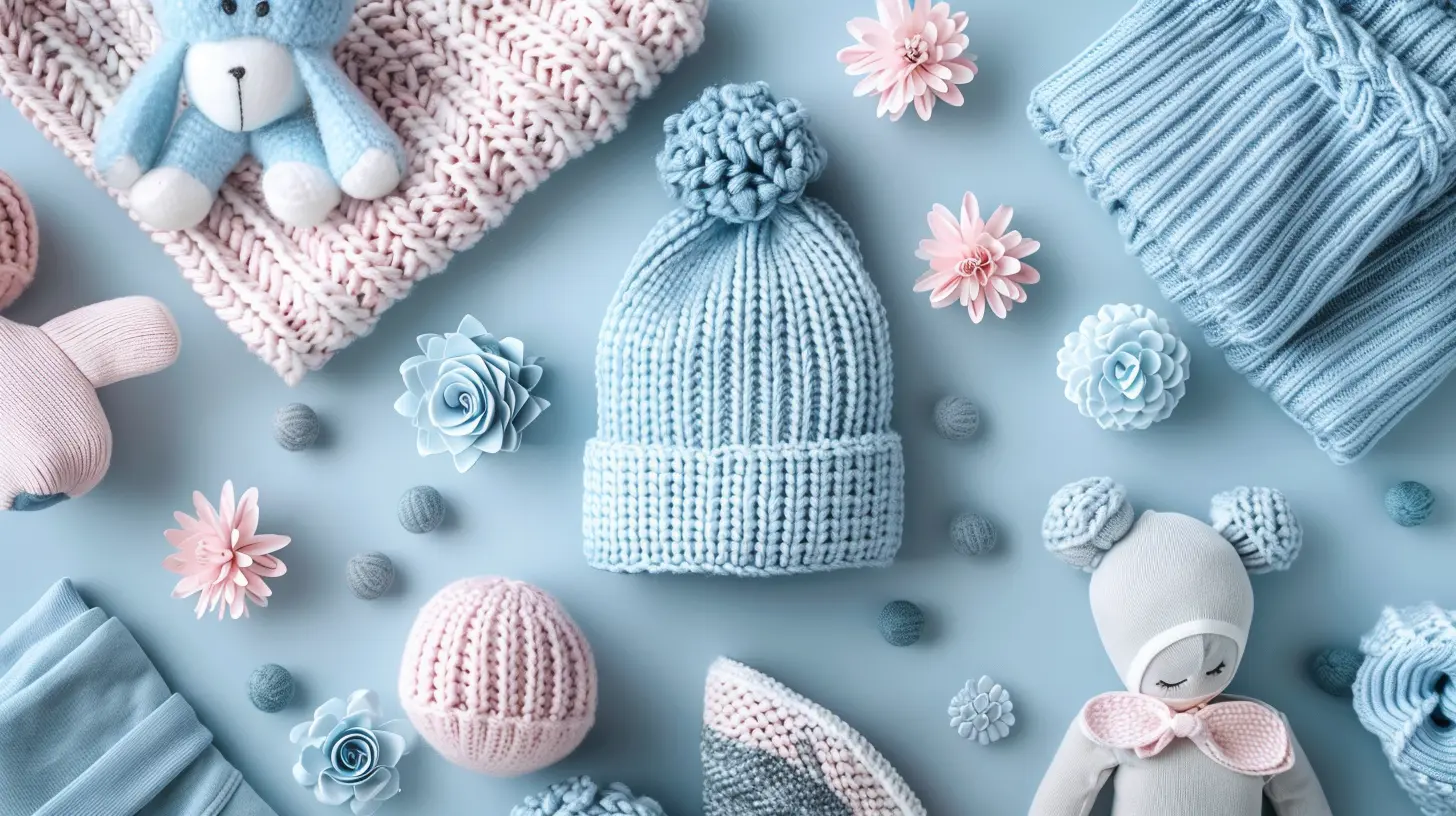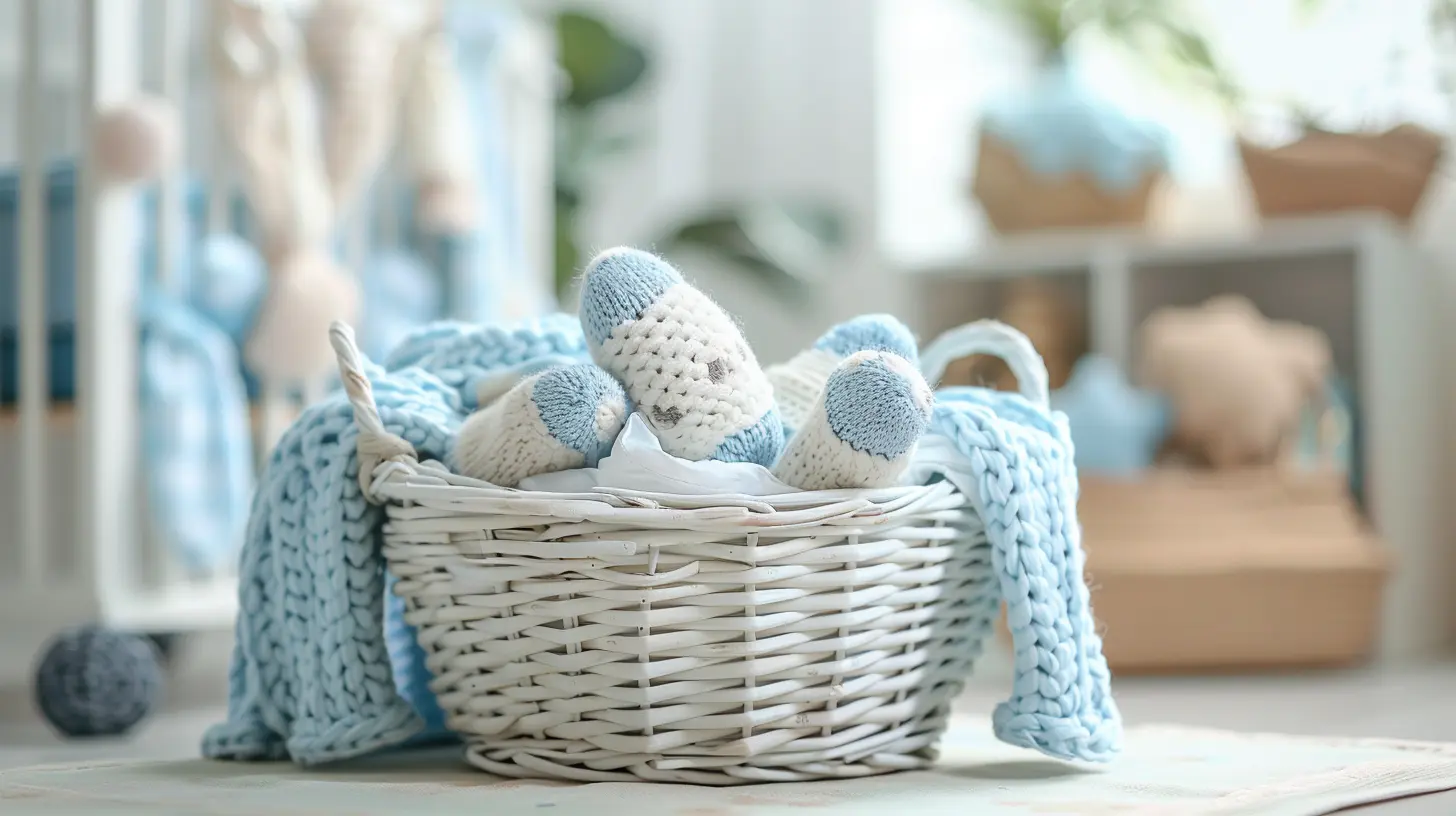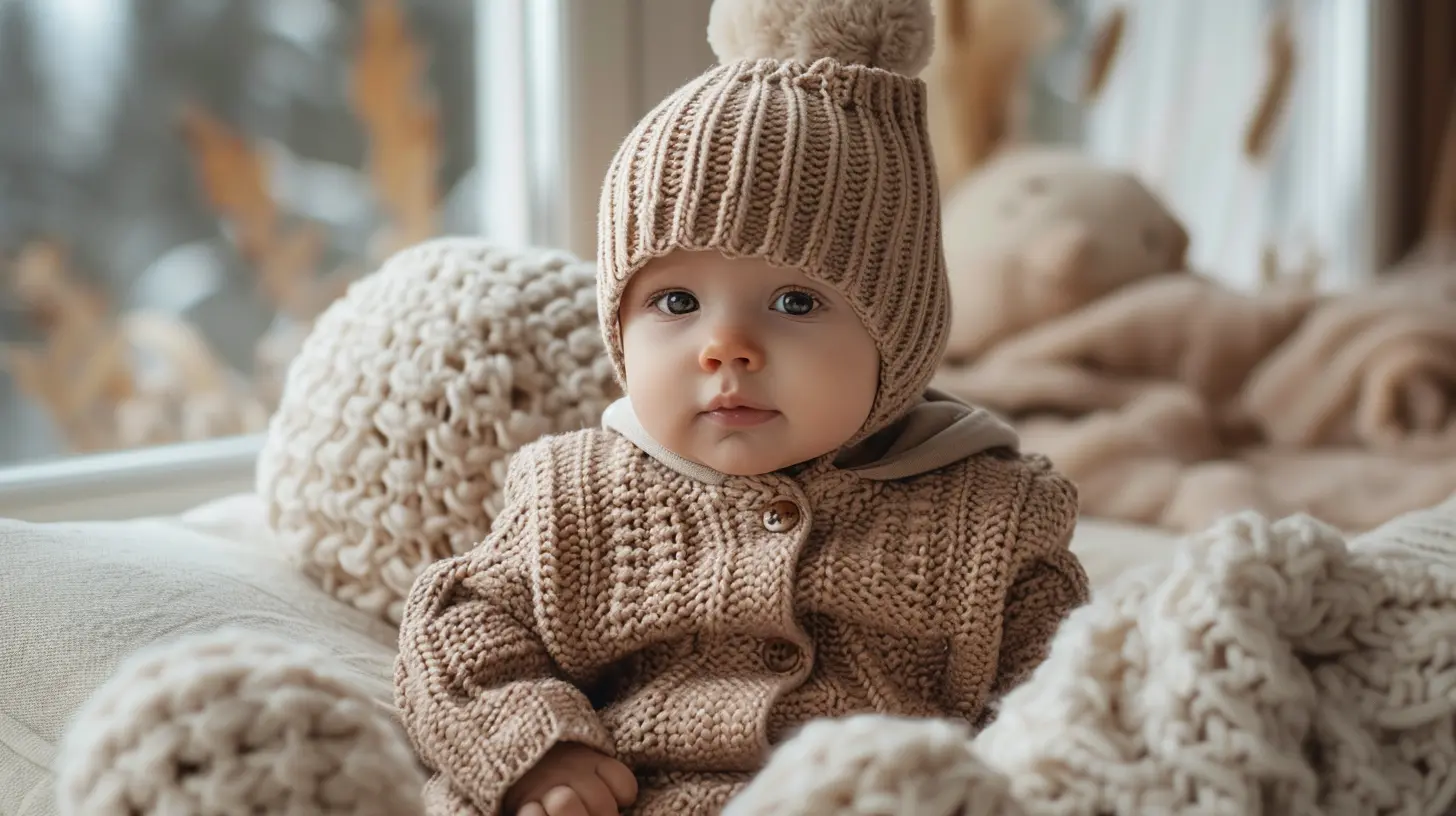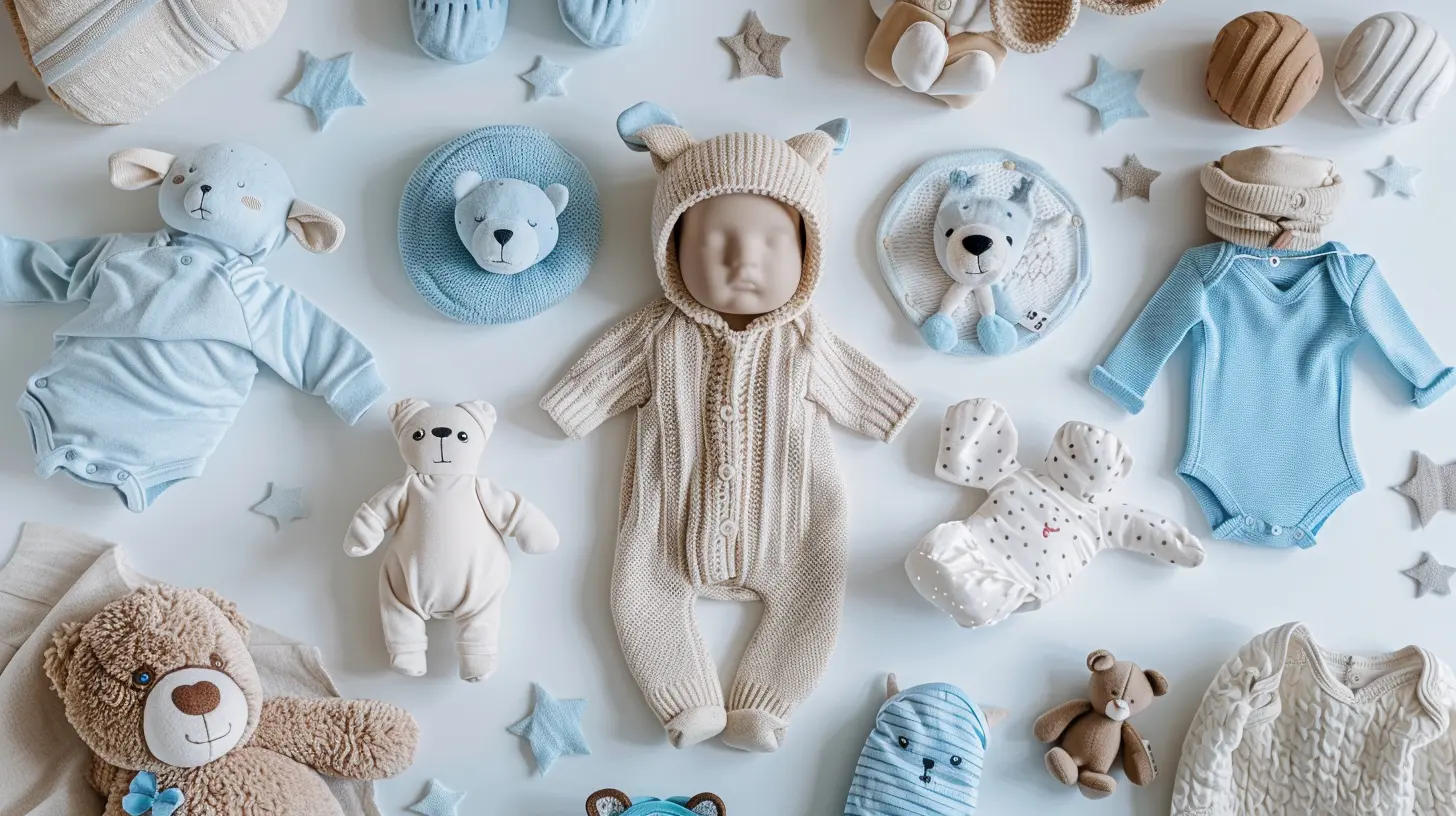Dressing Your Newborn: Safety and Comfort Tips
22 October 2025
Let’s be real—babies don’t come with instruction manuals. From feeding schedules to figuring out how to swaddle without wrapping them like a burrito gone wrong, parenting is a whole learning curve. One part that’s often underestimated? Dressing your newborn. It sounds simple, but dressing your tiny human is more than just picking the cutest onesie. It’s about safety, comfort, and making sure your little peanut is cozy, happy, and secure.
Whether you're gearing up for your first baby or you’ve already got a few tiny socks missing their mates, here’s the ultimate guide to dressing your newborn safely and comfortably. Let’s unravel the mystery of baby clothes together, shall we?
Why Dressing Matters More Than You Think
Sure, we all want our babies to look adorable. Tiny joggers, miniature hoodies, and itty-bitty dresses? Yes, please. But dressing a newborn isn’t just about Instagram-worthy outfits. It plays a big role in regulating their body temperature, preventing skin irritation, and even reducing the risk of Sudden Infant Death Syndrome (SIDS).Newborns can’t regulate their body temperatures well—like, at all. That’s why they can easily become too hot or too cold. Overheating is linked to SIDS, while being too cold can leave them uncomfortable and cranky. So yeah, what your baby wears is actually more important than you might’ve thought.
Choose the Right Fabrics: Softness Is Non-Negotiable
Picture this—your baby’s skin is about 30% thinner than yours. That means it’s super sensitive and prone to irritation. Scratchy tags, rough seams, or synthetic materials? Major no-nos.Best Fabrics for Newborns:
- 100% Cotton: Breathable, soft, and hypoallergenic. A classic go-to.- Bamboo Rayon or Modal Fabrics: Ultra-soft and temperature regulating.
- Organic Cotton: Free of harmful chemicals and pesticides.
Avoid polyester or wool directly on their skin. Save the fancy fabrics for when baby’s skin isn't quite so fragile.
Layering Like a Pro: The 1+1 Rule
Want a foolproof way to dress your newborn for any season? Think of what you’re wearing, and then add one more layer. That’s the golden rule.Why Layering Works:
- Easy to adjust as temperatures change.- Prevents overheating or chilling.
- Offers flexibility for indoors vs outdoors.
Go for onesies underneath and add sleepers, swaddles, or baby cardigans over it. And keep those baby hats nearby—newborns lose heat through their heads faster than you can say “peekaboo.”
Mind the Weather: Dress for Conditions, Not the Calendar
Seasons can be tricky, especially with unpredictable weather. But keeping your baby comfortable throughout the year depends on more than just looking at the thermometer.Dressing in Warm Weather
- Stick with breathable cotton onesies.- Avoid overdressing (yes, even if Grandma insists).
- Use a light swaddle or muslin blanket.
Dressing in Cold Weather
- Footed sleepers are your new best friend.- Add a wearable blanket or sleep sack.
- Hats, mittens, and socks to trap that baby heat.
Tip: Avoid bulky coats or snowsuits in the car seat. Instead, dress baby warmly and then cover with a blanket after they’re buckled. Bulky clothes can interfere with proper car seat harnessing.
Size Matters: Don’t Be Fooled by the Label
Baby clothes sizing is... well, let’s call it “unreliable.” What’s labeled “newborn” might not even fit your 7-pound baby, while “0–3 months” can look like a potato sack.Here’s the deal: fit matters more than the number on the tag. Clothes that are too tight can restrict movement or irritate their skin. Clothes that are too loose can tangle or ride up, posing safety risks, especially during sleep.
Quick Tips:
- Look for stretchy neck openings or zippers.- Avoid buttons—who has time at 3 AM?
- Try on different brands to see what fits your baby best.
Pay Attention to Sleep Safety: Dressing for Dreamland
Sleep is sacred—for both parents and baby. What your newborn wears to bed affects not only how well they sleep but also how safely they sleep.Safe Sleepwear Tips:
- Use footed sleepers or sleep sacks instead of blankets.- Avoid anything with strings, ties, or loose hoods.
- Make sure PJs are snug-fitting (loose clothes can ride up).
Remember: the crib should be free of any pillows, heavy blankets, or stuffed toys. Your baby should be snug as a bug in their sleepwear—and that’s all they need.
Fastenings, Zippers, and Snaps—Oh My!
Let’s take a moment for real talk. At some point, you’ll be changing a diaper in the dark, with one eye open, baby half-asleep, and your coffee only partially consumed. This is when you’ll thank yourself for avoiding overcomplicated outfits.Keep It Simple:
- Zippers > Snaps > Buttons.- Two-way zippers are life-changing (diaper access without undressing entirely).
- Magnetic closures? Yes, please.
Make your life easier. Future you—exhausted and possibly wearing mismatched socks—will be grateful.
Don’t Overthink Fashion—Function Comes First
Pinterest and baby boutiques will try to sell you on tiny bow ties, denim jeans, or miniature tutus. Cute? Absolutely. Practical? Not quite.In those early months, your baby barely leaves the house. Poop blowouts and spit-up become part of the daily wardrobe equation. Stick to simple, washable, cozy clothes.
A Realistic Newborn Wardrobe Might Look Like:
- 6–8 onesies (short and long-sleeve)- 4–6 footed sleepers
- 3–4 swaddles or sleep sacks
- 2–3 hats
- 4–6 pairs of socks or booties
You really don’t need a massive baby wardrobe. Babies grow fast. Next month? Everything might be too small already.
Skin Sensitivities: Watch for Allergies and Irritations
Even if you're using organic everything, some babies just have extra-sensitive skin. If you see redness, dry patches, or baby seems fussier when wearing a certain outfit, it might be the fabric or detergent.Baby Clothes Washing Tips:
- Use fragrance-free, gentle detergent.- Wash everything before baby wears it—even new clothes.
- Avoid fabric softeners and dryer sheets.
If baby develops persistent skin issues, chat with your pediatrician. Sometimes even a tiny tag can make a big impact.
Dressing for Special Situations (Because Life Happens)
Going Out and About
Use layers and pack extras. Babies love surprises—like suddenly spitting up right as you arrive at the grocery store. Always have a complete spare outfit in your diaper bag.Doctor Visits
Easy access to arms and legs is key. Doctors need to check their reflexes, height, and more. Think simple onesies or zip-up outfits.Photo Days
Yes, go for the adorable outfit. Just make sure it’s comfy enough to keep your baby content. A fussy baby who can’t move in their suspenders = not so cute anymore.When in Doubt, Think Comfort and Safety
No matter the season, the event, or the time of day, your guiding principle should always be comfort and safety.Does your baby look relaxed? Can you easily check their diaper? Can they move their arms and legs freely? Are there any loose strings, tight elastics, or scratchy seams? Ask yourself these things every time you change them.
It’s not about having the most stylish baby on the block—it’s about making sure they’re happy, healthy, and safe.
Final Thoughts: Keep It Simple, Keep It Safe
Dressing your newborn can feel a little overwhelming, especially when you're bombarded with options. Just remember—comfort and safety always come before trends and aesthetics. Over time, you’ll figure out what works best for you and your little one. There will be wardrobe malfunctions. You might fasten a sleeper backward during a 2 AM change. It’s all part of the journey.So breathe, mama (or papa). You've got this.
all images in this post were generated using AI tools
Category:
Newborn CareAuthor:

Noah Sawyer
Discussion
rate this article
1 comments
Alana Gilbert
Prioritize breathable fabrics for safety and comfort in clothing.
October 22, 2025 at 4:58 PM

Noah Sawyer
Absolutely! Breathable fabrics are essential for keeping your newborn comfortable and safe, helping to regulate their temperature and reduce the risk of overheating.


